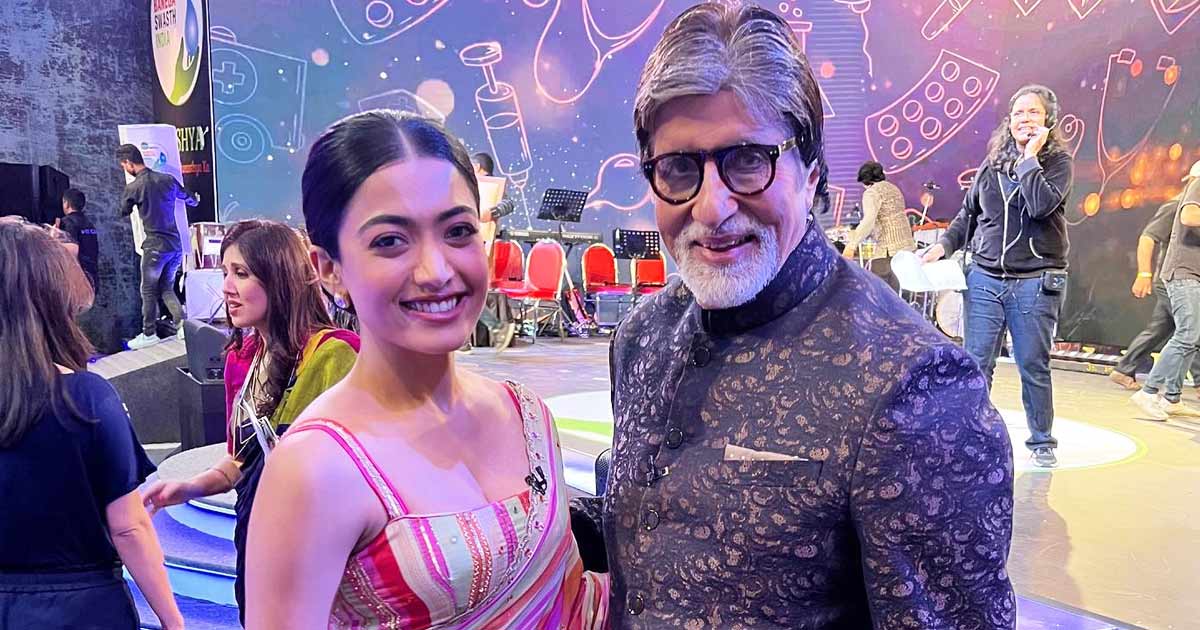A recent viral video depicting actor Rashmika Mandana has caused a stir on the internet, only to be later revealed as a digitally manipulated creation. As concerns over the prevalence of fake content escalate, calls for stringent legal and regulatory measures to counter the dissemination of such deceptive material are gaining momentum.

Source: PradaPhash
Understanding the Deepfake Phenomenon
Deepfake technology operates by leveraging advanced machine learning and AI techniques to replace a person’s likeness in existing images or videos with that of someone else. The resulting manipulations often possess the potential to deceive unsuspecting viewers. One key identifier of deepfakes lies in the unnatural facial expressions or movements portrayed, including inconsistencies in blinking patterns and stiffness in motion. Additionally, the eyes serve as a crucial giveaway, with deepfakes commonly exhibiting blurry or unfocused eyes that fail to synchronize with the subject’s head movements.

Source: Forbes
The Rashmika Mandana Deepfake Incident
The recent circulation of a manipulated video purportedly featuring Rashmika Mandana entering an elevator has sparked widespread curiosity and concern. The deceptive video, initially shared on Instagram on October 8, attributed the footage to a woman named Zara Patel. However, there is no concrete evidence linking Patel to the creation of the deepfake. As the viral content continues to accumulate millions of views across various social media platforms, journalist Abhishek Kumar raised a poignant question about the urgency for new legal frameworks and regulatory interventions to counter the rising dissemination of falsified content online.

Source: Koimoi
Big B Speaks Out
Amid the growing apprehension surrounding the proliferation of deepfake technology, veteran actor Amitabh Bachchan also chimed in, highlighting the urgency for legal action to address the alarming spread of deepfakes. Acknowledging the potential harm caused by such manipulative media, Bachchan’s tweet underscores the need for proactive measures to safeguard individuals and public figures from the perils of digital impersonation and misleading content.



















































































